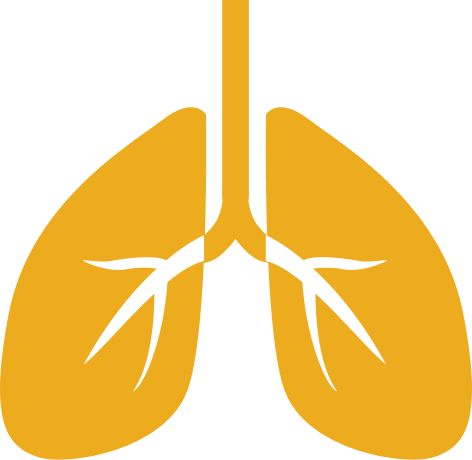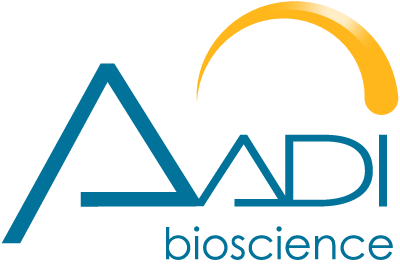Pulmonary Arterial Hypertension
Pulmonary Arterial Hypertension (PAH) is a type of a broader condition known as pulmonary hypertension, which means high blood pressure in the lungs.
PAH is characterized by scarring and narrowing of the small arteries in the lung, which increases pressure and the resistance to blood flow through the lungs.

Preclinical studies have shown that an mTOR inhibitor can reverse or control the disease, including the scarring in the small arteries that are indicated in PAH. [1]
AADi is conducting a phase 1b trial to evaluate the optimal dose and utility use of nab-sirolimus (ABI-009) in the treatment of severe (NCT02587325). Activation of the mTOR pathway has been implicated in the development and progression of PAH and anecdotal clinical data supports the investigation of an mTOR inhibitor to treat PAH [2, 3]. No approved PAH drug addresses ‘proliferative’ component of disease (arterial wall thickening and hyper-proliferaton of smooth muscle and endothelial cells). nab-sirolimus (ABI-009) can achieve high target tissue levels not possible with oral mTOR agents and can be combined with standard therapy in PAH.
Information About PAH
• ~ 30,000 patients in US (orphan indication)
• Only 50% 3 year survival
• Current therapies offer only symptomatic relief
• No disease modifiers on market
• First-in-class opportunity
• Can be added to conventional therapy
• Opportunity for IV or inhalational route
of administration

You can check out more info about our PAH study and eligibility in our dedicated website here: http://pulmonaryhypertension001.com/
1. Houssaini et al., Am J Respir Cell Mol Biol 2013 48(5):568-577.
2. Wessler et al. Chest 2010 138, 991-993.
3. Seyfarth et al. Pulmonary circulation 2013: 3, 632-638.
4. AADi, LLC, Data on file
